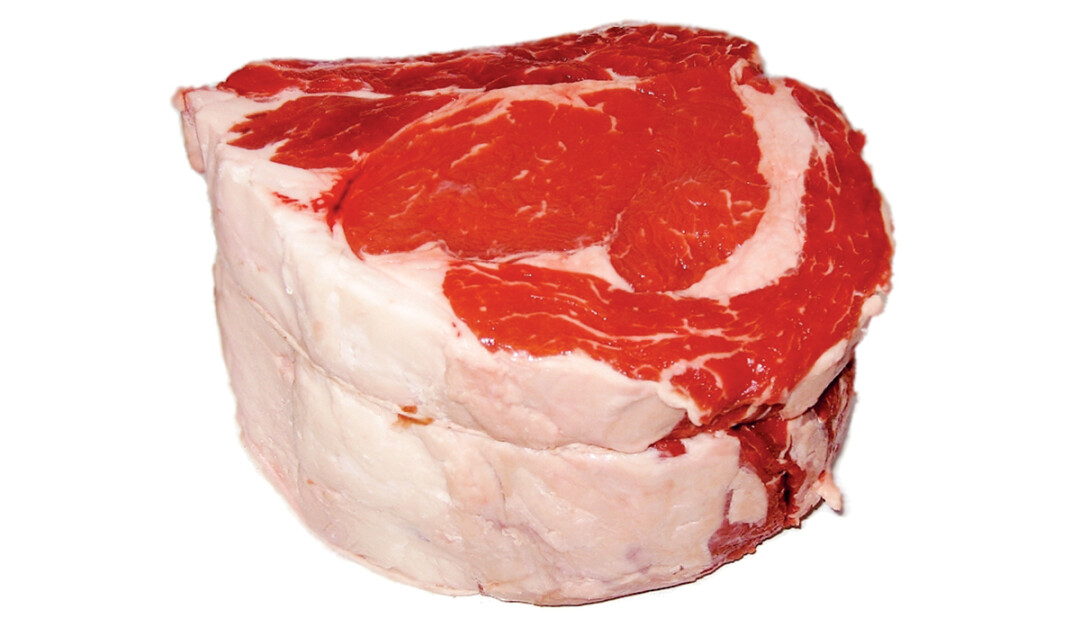Serving up Local Meat

Last year I challenged myself to make an entire Thanksgiving feast for all of the family to enjoy. It was my husband, daughter and I’s first year back to Eau Claire, and I wanted to celebrate by giving thanks to all who showed us love and support as we transitioned from the southeast corner of the state to the Valley. So I bought the turkey, stuffed it, and cooked it just as the recipe and directions recommended (thank you allrecipes.com), all the while praying that when the time came we would not be awkwardly chomping on dried turkey bones and innards in silence.
The meal was a great success. The turkey was succulent. The potatoes mashed with just enough garlic (thanks to my grandpa who taught me the art of mashing). And the homemade pie was delicious. This year, I would like to continue the tradition of hosting, but turn up the heat on the challenge by using locally-sourced meats and produce from area shops, farms, and butcher shops.
So first let’s get an understanding of what locally sourced food is. According to sustainabletable.org, locally sourced food is defined as food that is either regionally sourced or produced within the region you live or within 100-150 miles of your doorstep. Because we live in a climate that isn’t conducive to food production year round, I will be searching for food that falls within both definitions. With that said, finding the produce and creating the sides should be pretty simple thanks to stores like Just Local Foods, the local farmers markets, and the local orchards. The challenge for me will be to find the perfect cut of meat that will satisfy taste buds and not make me regret setting this personal goal.
Setting my sights on this lofty endeavor of becoming the meat maker extraordinaire, I solicited Bob Adrian, owner of Rumps Butcher Shoppe in Altoona, to give me some advice on what to look for in a good piece of roast beast and how to cook it. Here is what he recommended:
CVF: What should I look for in a good piece of prime rib?
Bob Adrian: Whenever possible always choose a high grade of prime rib. Don’t be fooled by the marketing tricks used on the packaging. Often times meat is described with words like Angus and people assume that it is a good piece of meat. However according to Adrian, the buzzword “Angus” doesn’t make the meat good quality. The real words that matter are USDA Prime and USDA Choice.
So how do I cook this thing?
First, make a rub by combining a quarter cup of kosher salt and black pepper in a bowl. Evenly rub the entire roast at least two hours prior to cooking and leave it resting uncovered on the stovetop. This allows the roast to come up to room temperature.
Then, preheat the oven to 450 degrees and let it stand at that temperature for at least 30 minutes. Place the roast in a high-sided roasting pan with a roasting rack – bone-side down if you have a bone-in slab, fat side up if the meat is boneless. Cook the roast for 15 minutes, then reduce the heat to 325 degrees and continue to roast the meat until your meat thermometer reads 110 degrees F. For time’s sake, estimate about 15 minutes per pound of meat.
Once the thermometer reads 110 degrees F, remove the roast from the oven and let it rest for 20 minutes. The roast will continue to cook as the juices inside settle. The temperature of the meat will raise to an internal temperature of about 130 degrees F for a perfect medium-rare. If the meat is purchased at a butcher shop, the prime rib will be tied to allow for more uniformed cooking. Simply snip the strings, slice it up, and serve!
What are some other tips and tricks?
Scour the internet for recipes. The ideas and suggestions are literally endless.
Always use a calibrated meat thermometer. Carefully check its accuracy by placing it in a boiling pot of water.
For good quality, fresh meat, buy local whenever possible.
Don’t be fooled by fancy branding and buzzwords – look for the words USDA Prime or USDA Choice when purchasing meat.
MEAT GRADES
The grading goes as follows from best to worst:
1. USDA Prime — normally found in the highest end restaurants
• a superior grade beef
• offers amazing tenderness, juiciness, flavor, and texture
• has the highest degree of fat marbling2. USDA Upper 2/3rds Choice — normally only found at the high-end butcher shops, like Rumps Butcher Shoppe or Mike’s Star Market.
• offers the same tenderness, juiciness, flavor, and texture as the USDA Prime
• great for broiling, roasting, and grilling3. USDA Choice — available at some grocery stores, look for the word USDA CHOICE on the label or sign.
• has less fat marbling than the prime grade, but it is still a good selection of meat
• will be less tender, juicy, and flavorful as well as will a slightly more coarse texture
• good for grilling or braising4. USDA Select — typical grade found at grocery stores.
offers a more coarse texture than the higher grades• has less fat marbling
• best prepared wet-cooked or braised5. Utility – the lowest grade that is typically used in frozen foods and prepared meals.


















